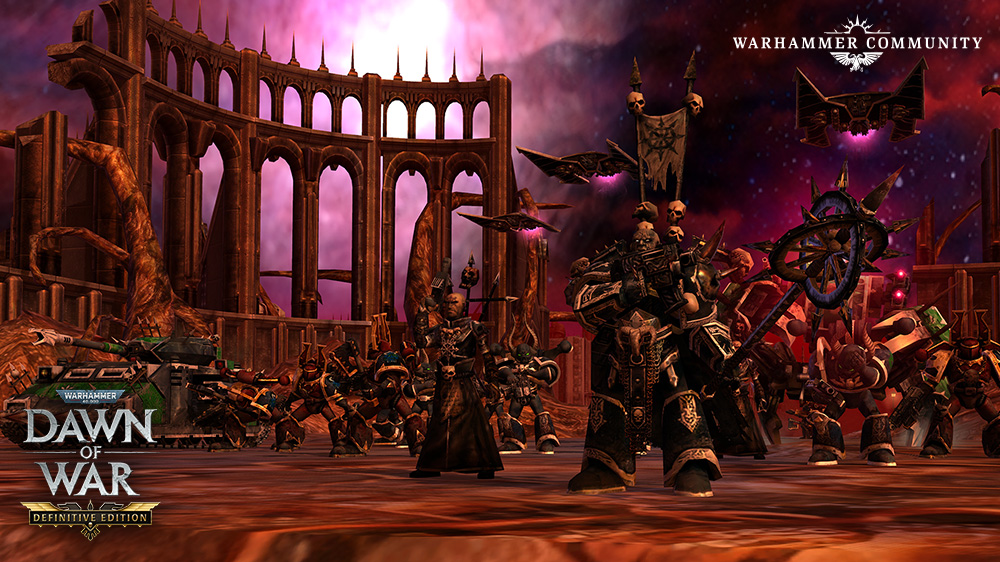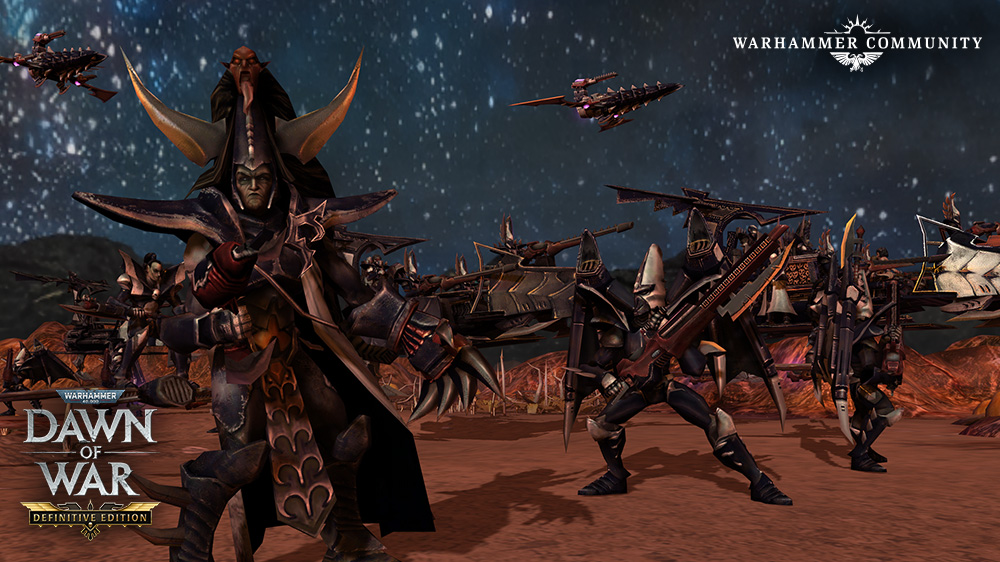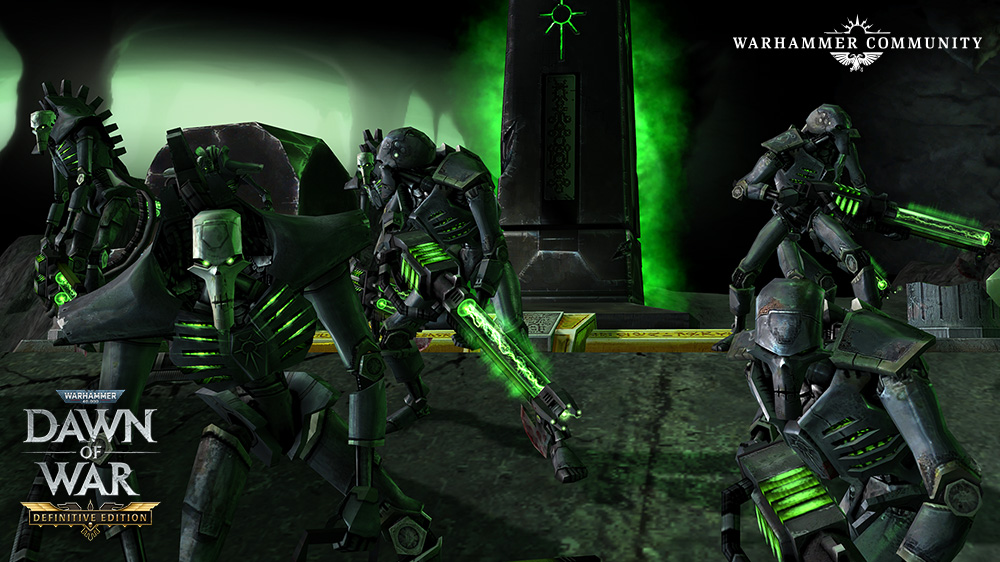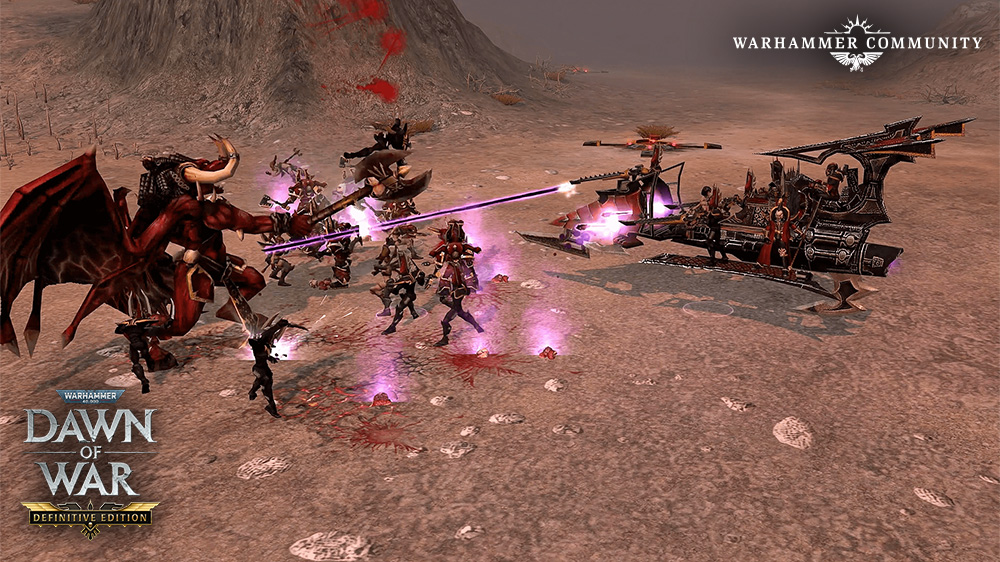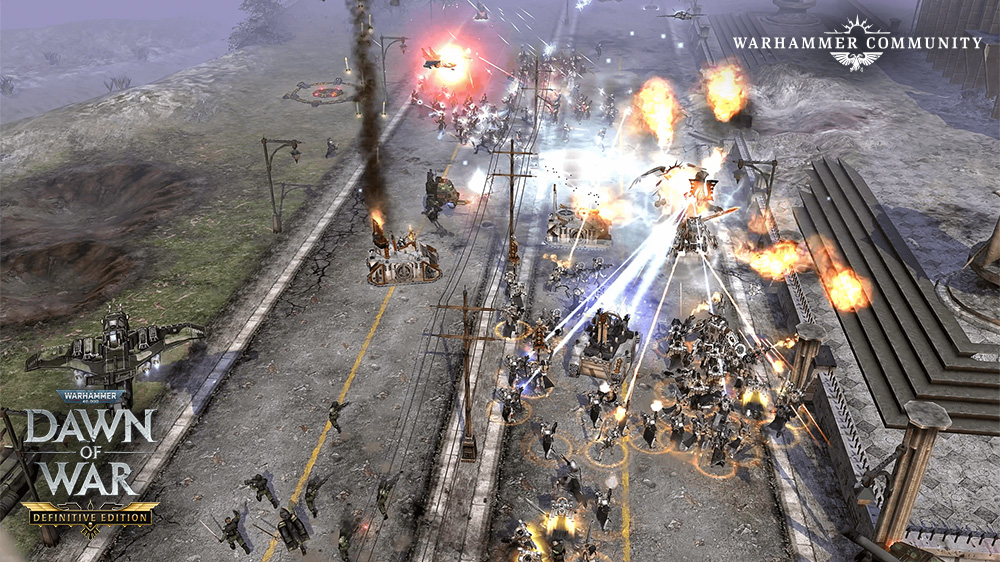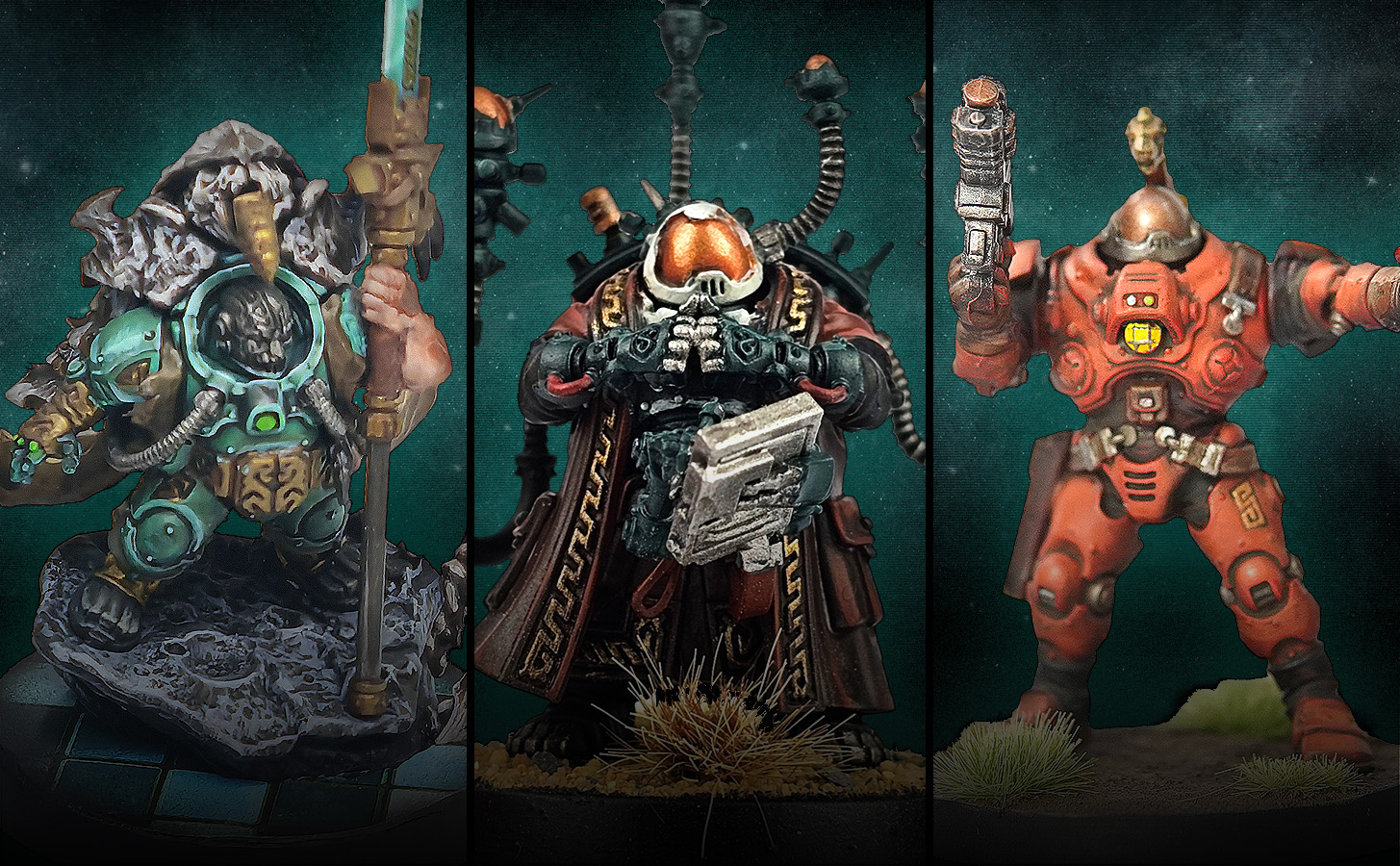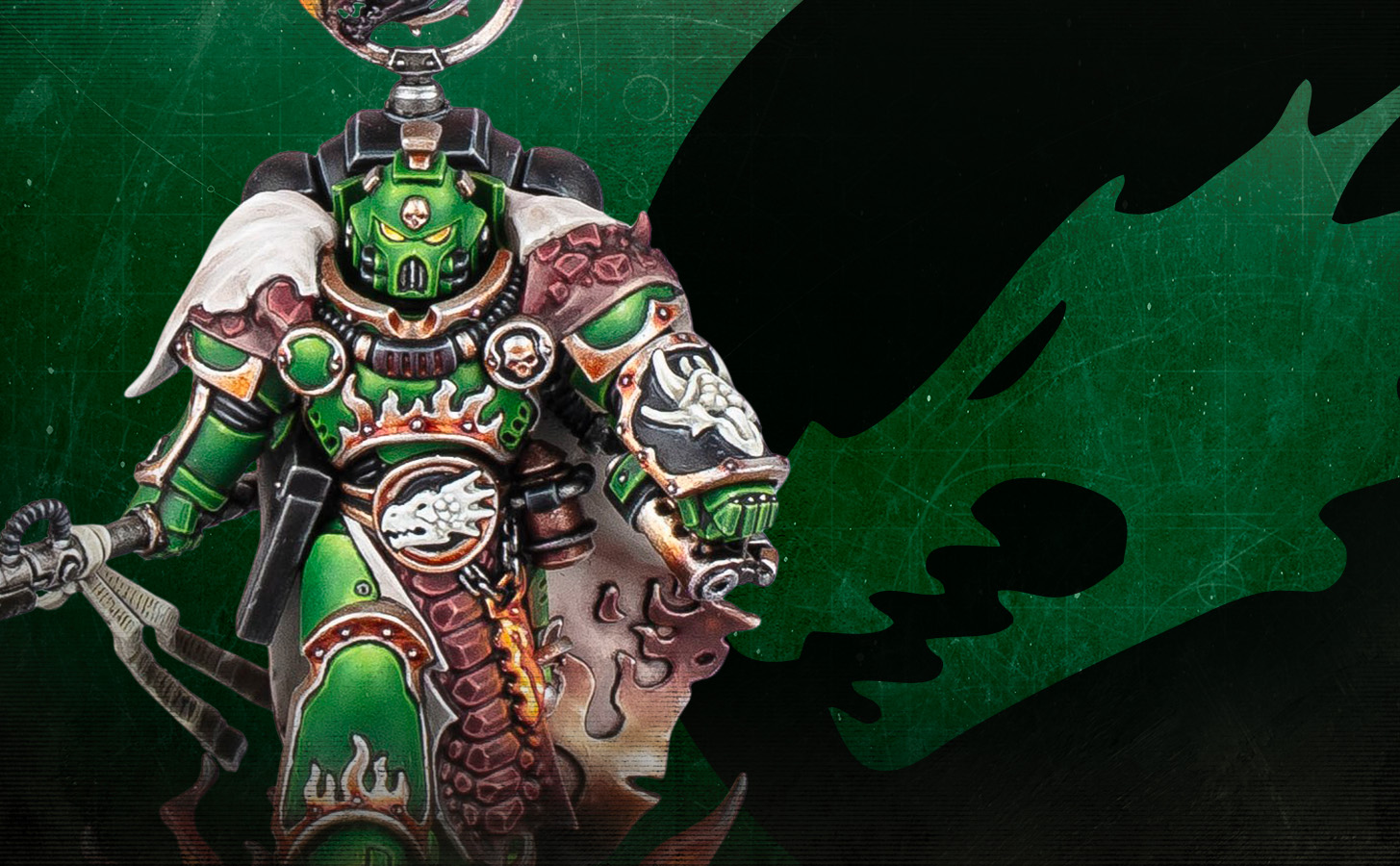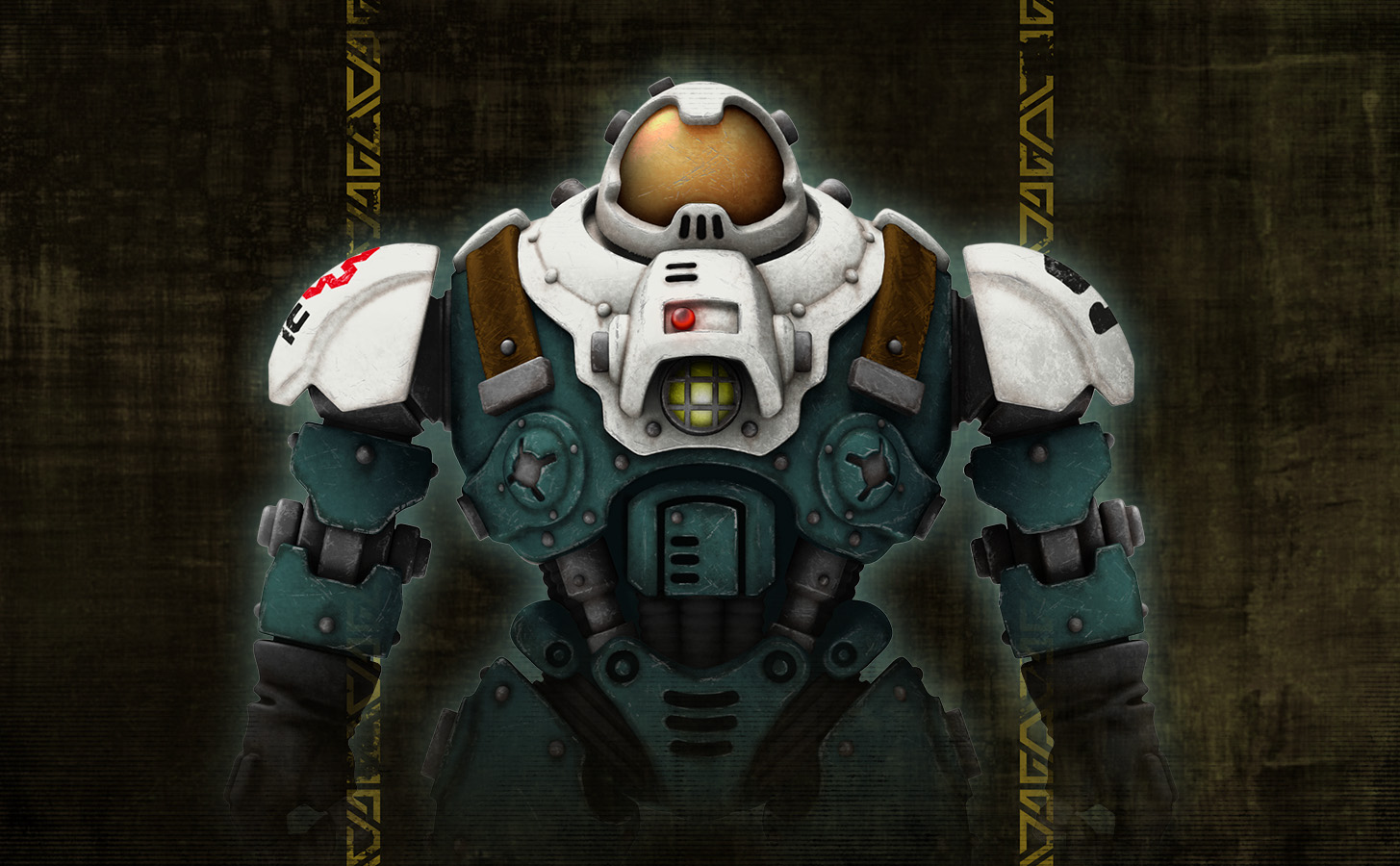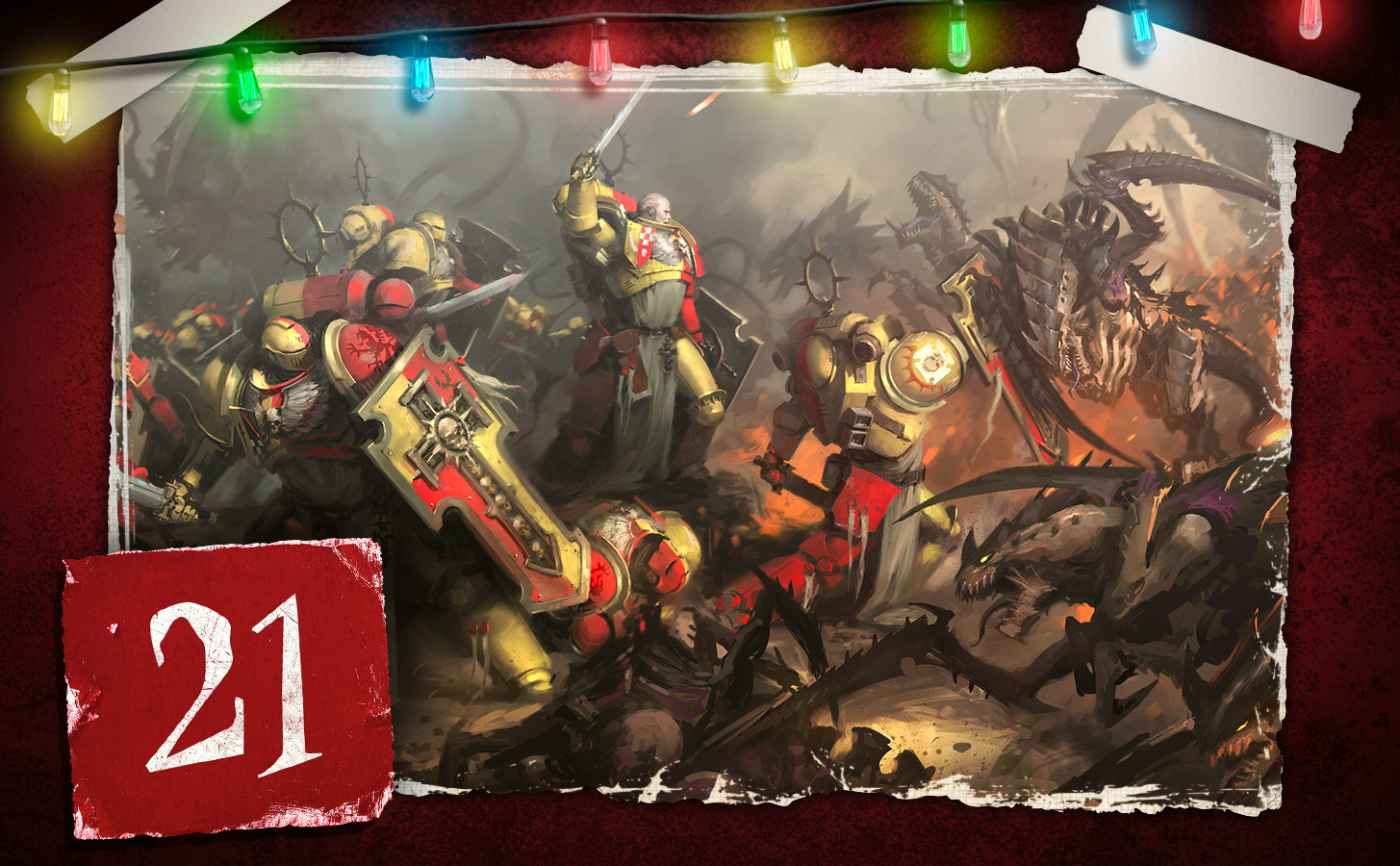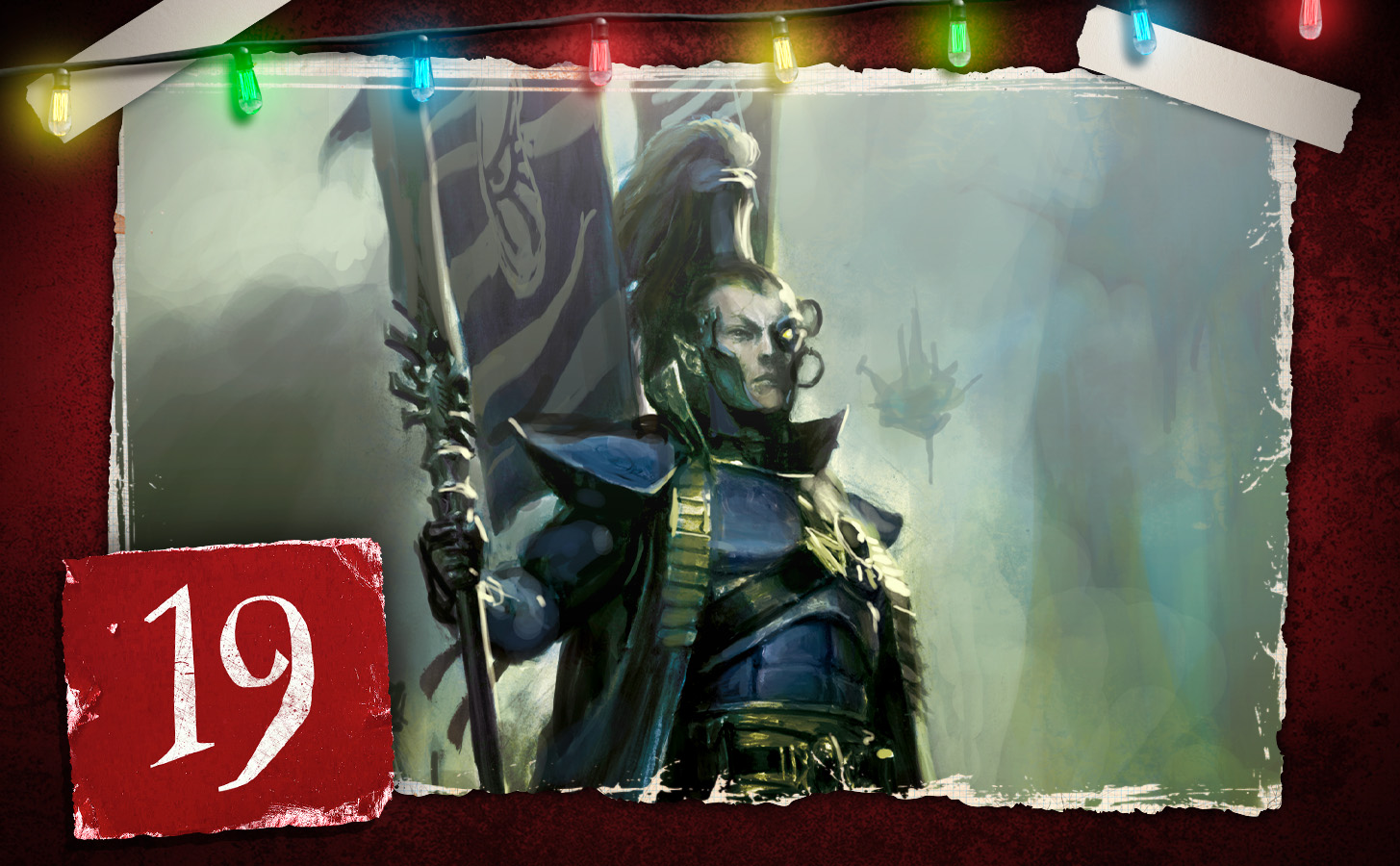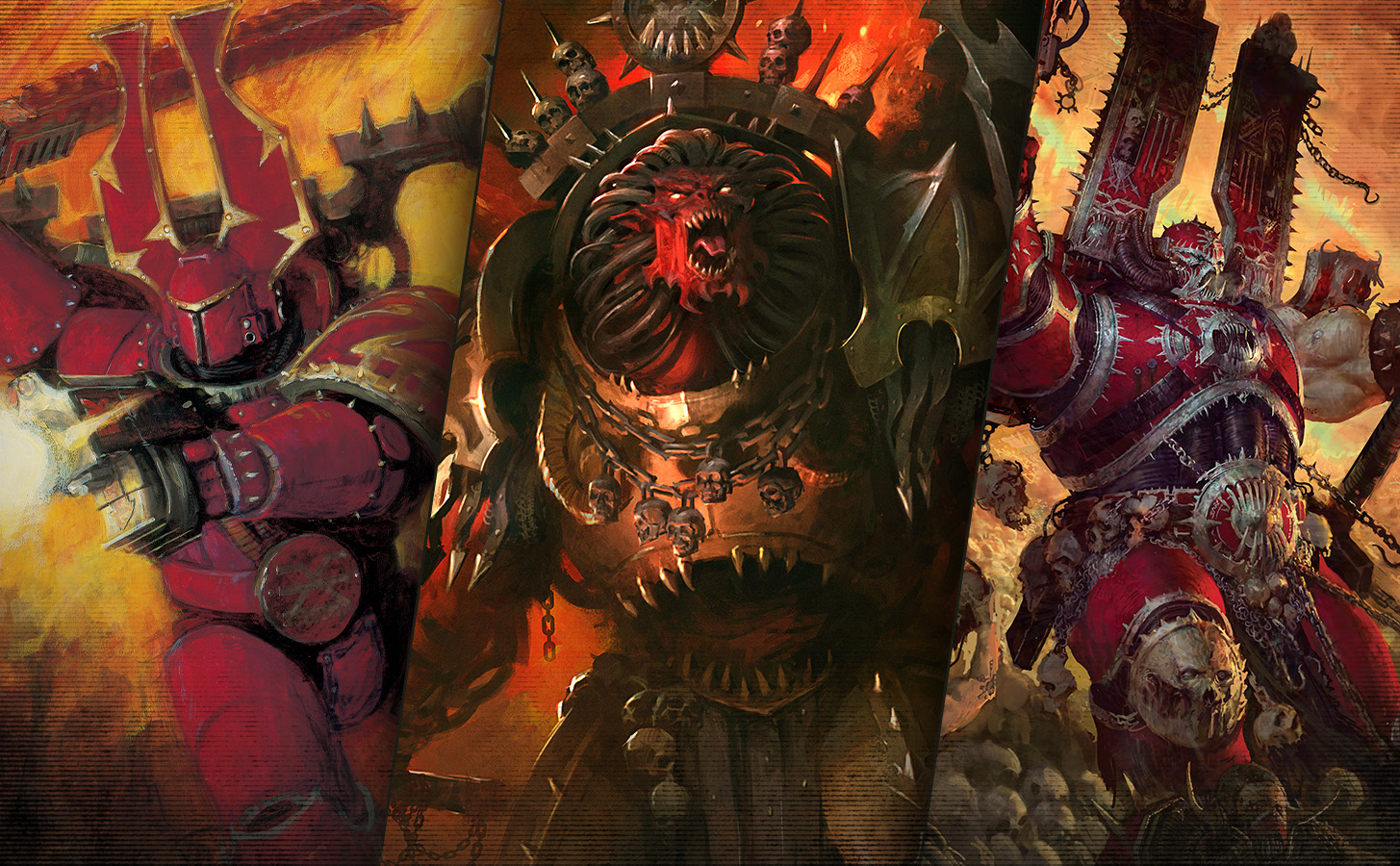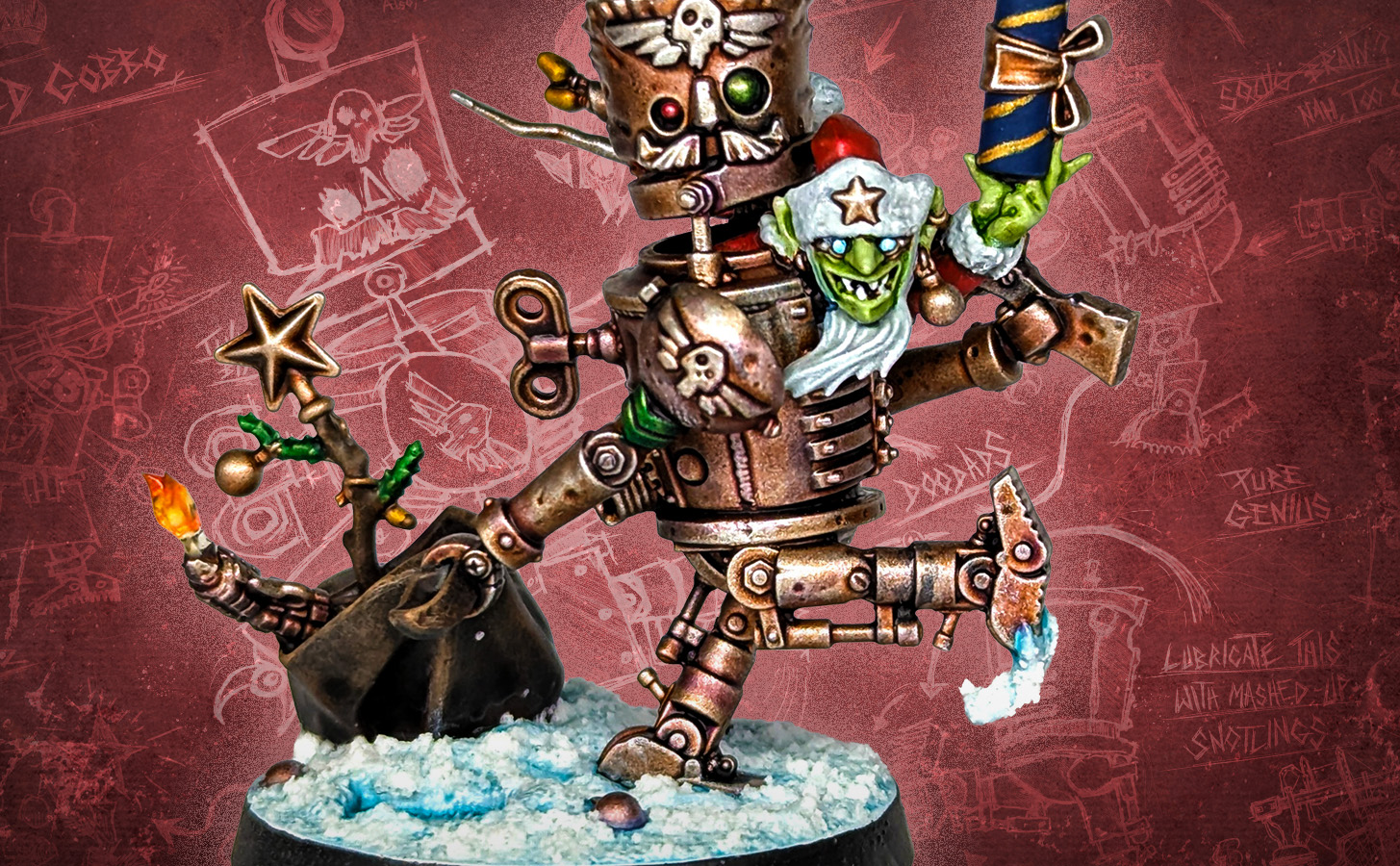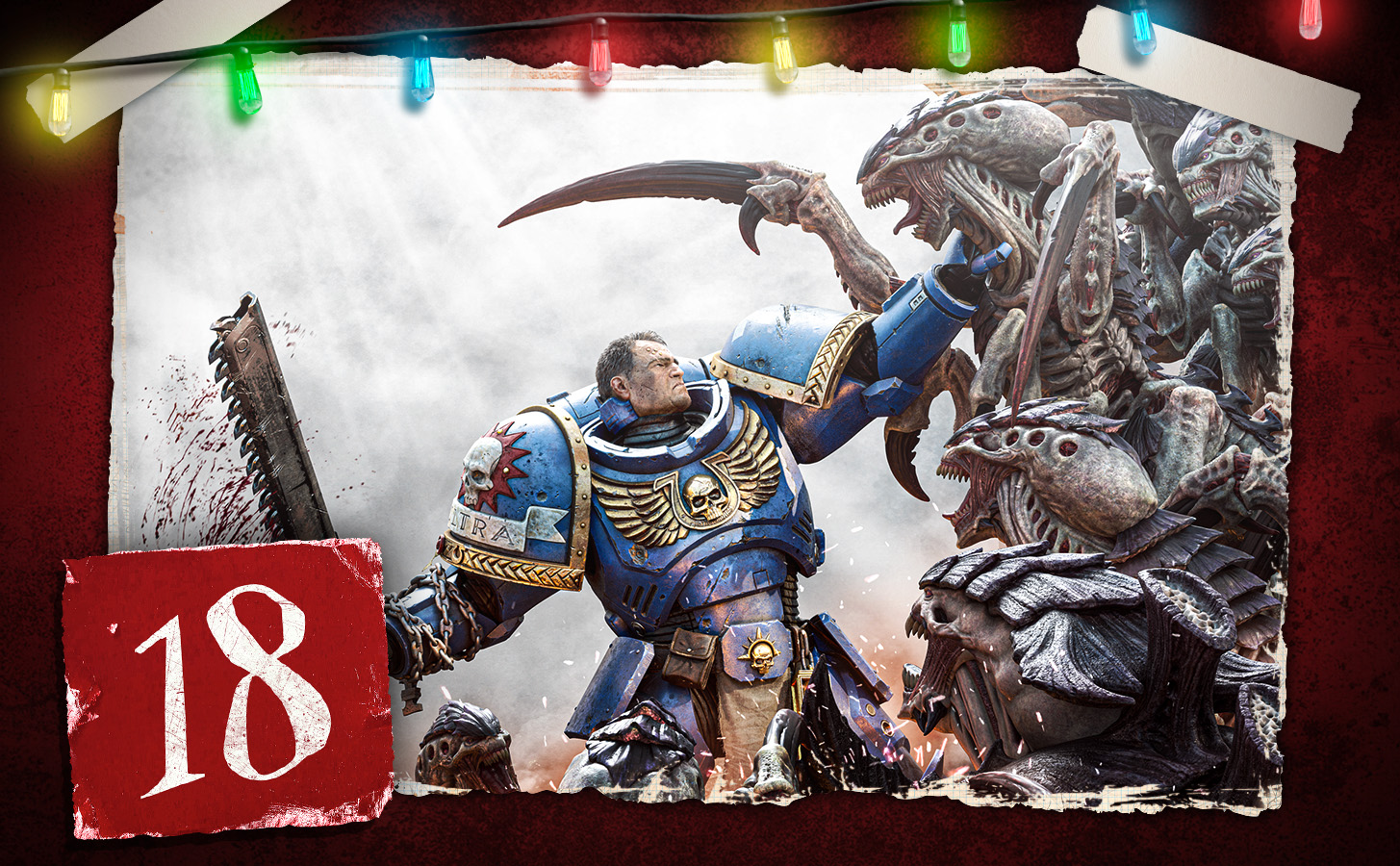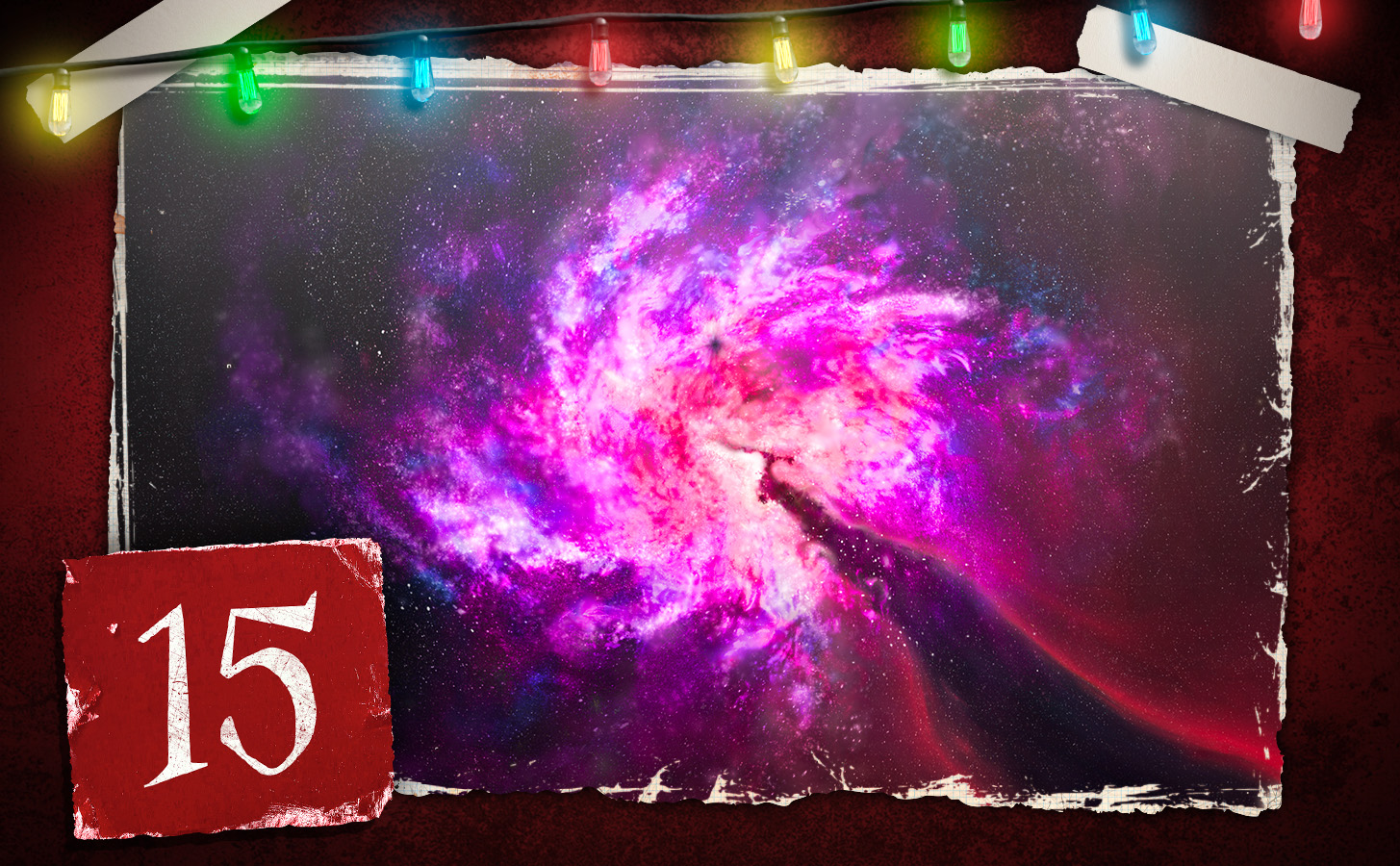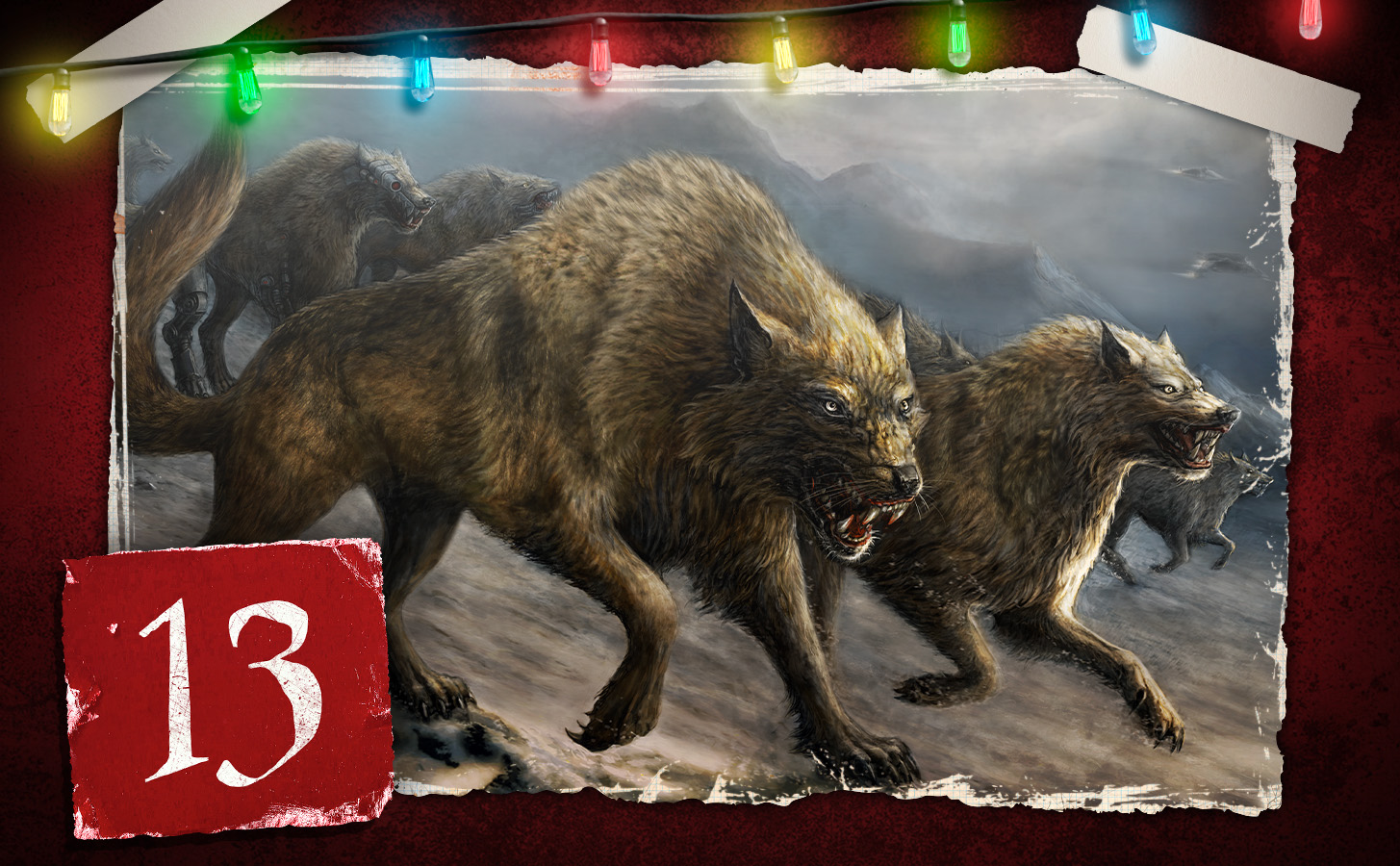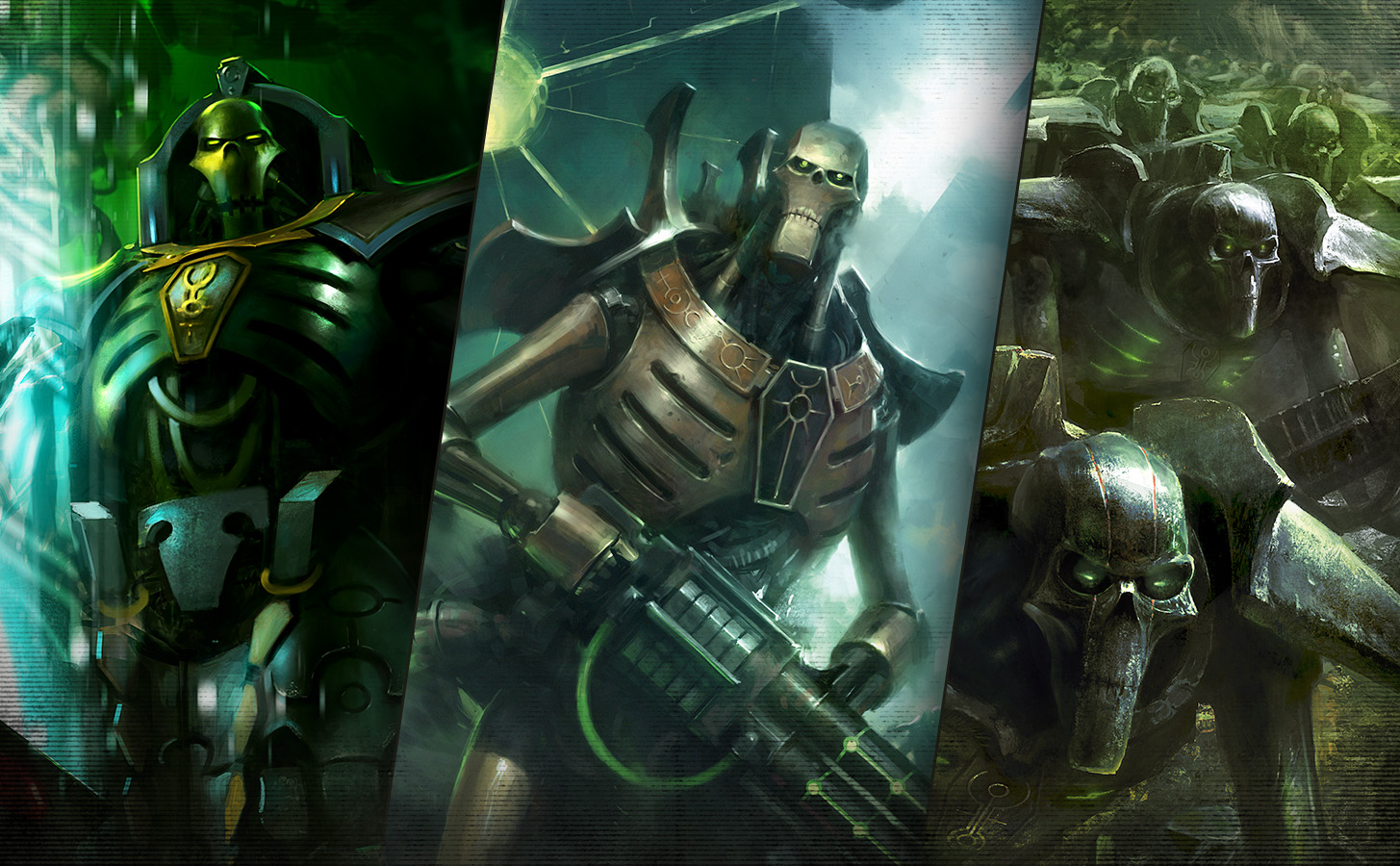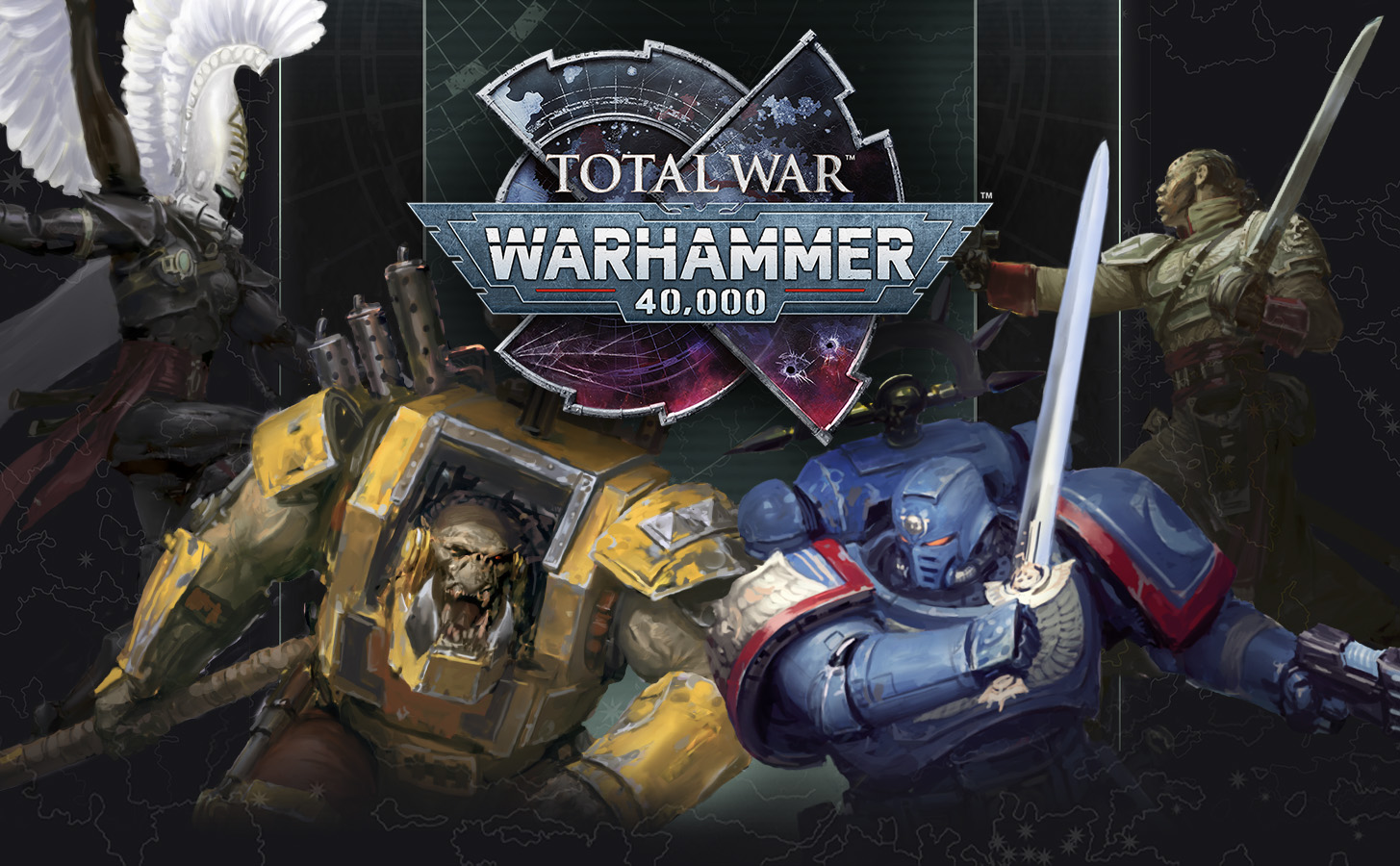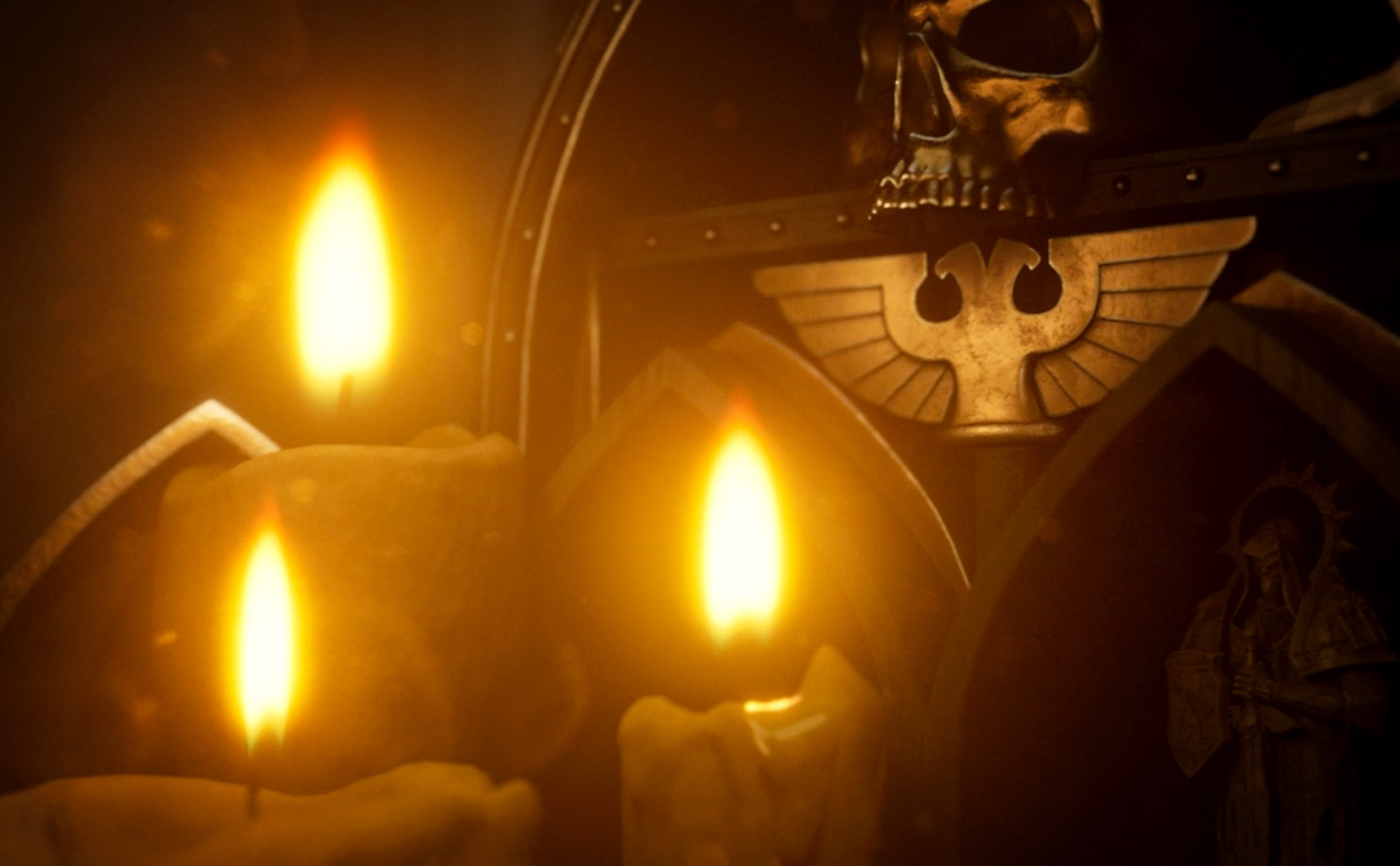There have been many fantastic Warhammer video games over the years, but among the most beloved is Warhammer 40,000: Dawn of War. Originally released in the long-lost era of 2004, this real time strategy game was many people’s first exploration of the grim darkness of the far future. Now, a whole new generation can experience it with the release of Warhammer 40,000: Dawn of War – Definitive Edition.
This new edition of the classic game collects together four campaigns, nine Warhammer 40,000 armies, and over 100 maps for skirmish and multiplayer games, with enhanced art and upgraded performance, now playable on modern PCs. Check out this launch video to see the game in action:
We caught up with the game’s Design Director, Philippe Boulle from Relic Entertainment, to get his take on what makes this an unmissable package for all Warhammer fans.
Warhammer Community: What has changed between the original and the Definitive Edition?
Philippe: The Definitive Edition packages up all the content of the original games – four campaigns, nine factions, multiplayer, skirmish, over a hundred maps – into a single package that works on modern machines. You can finally play the game in widescreen and 4K without strange screen stretching, or needing to jump through hoops in terms of profiles and different executables.
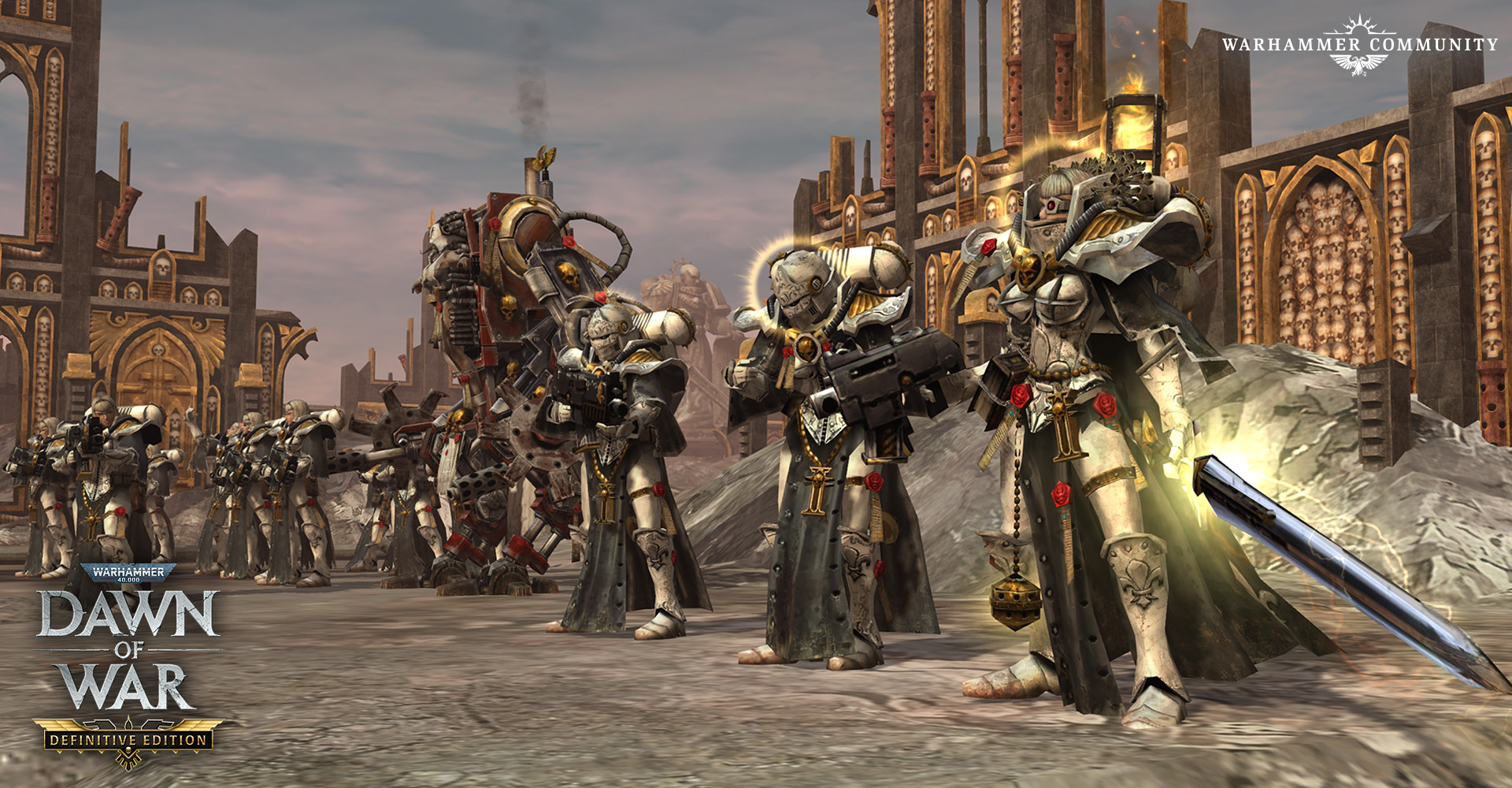
We’ve lovingly enhanced all the art in the game. Every texture is now at a higher resolution, bringing the units and environments into crisp detail. The lighting and materials are also greatly improved, with metals and water surfaces reflecting light, shadows casting in realistic ways, and much more.
This has also allowed us to raise the game camera and push out some of the fogging (that was there for performance reasons twenty years ago) so you can see more of the battle. You can still zoom right in or set your camera to the classic distance, but you now have more options.
Under the hood, we’ve also upgraded to a 64-bit platform which allows us to make far better use of hardware. This means multiplayer can run more smoothly and also takes important memory limits off the modding community.
We’ve also done some significant work on pathfinding so that you can reliably move large armies around the map. Large Ork hordes in particular won’t get stuck or decide to ignore move commands anymore.
WarCom: What is your favourite change in the Definitive Edition?
Philippe: I love being able to split the UI on widescreen so things dock nicely at the screen edge and I can see more of the gameplay. I also really love that we now display hotkeys on most icons in-game – this makes learning them so much easier!
WarCom: The various finishing moves are some of the most distinctive features of the game – do you have any particular favourites?
Philippe: There are so many to choose from, but two stand out to me. First is the Space Marine Dreadnought’s tendency to grab infantry and subject them to a crush, spin, and throw that I affectionately refer to as “the ol’ blend ’n’ toss”. The other is the Bloodthirster who often picks up infantry and bats them into the distance with its giant axe. I guess I like big things throwing small things…
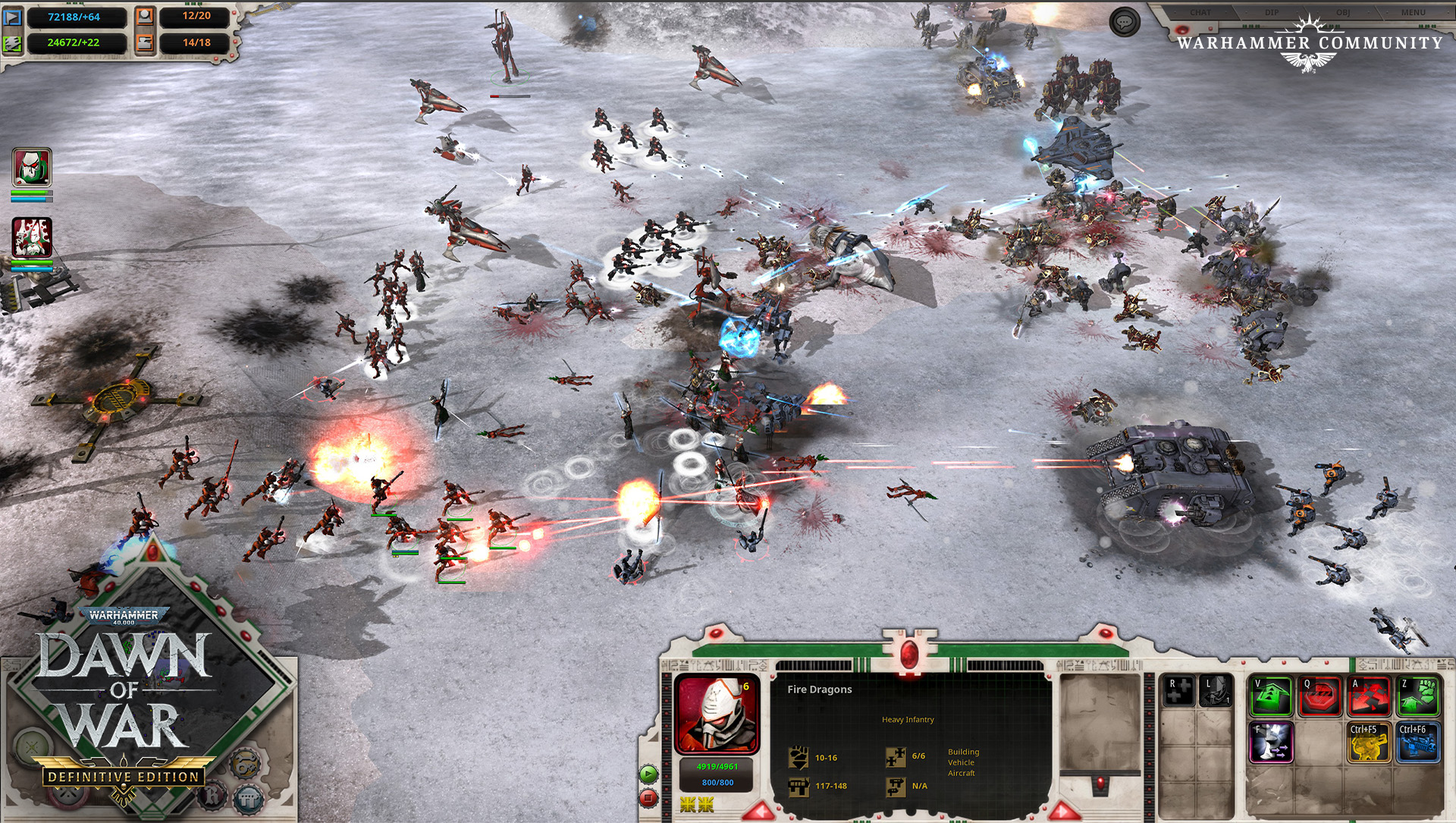
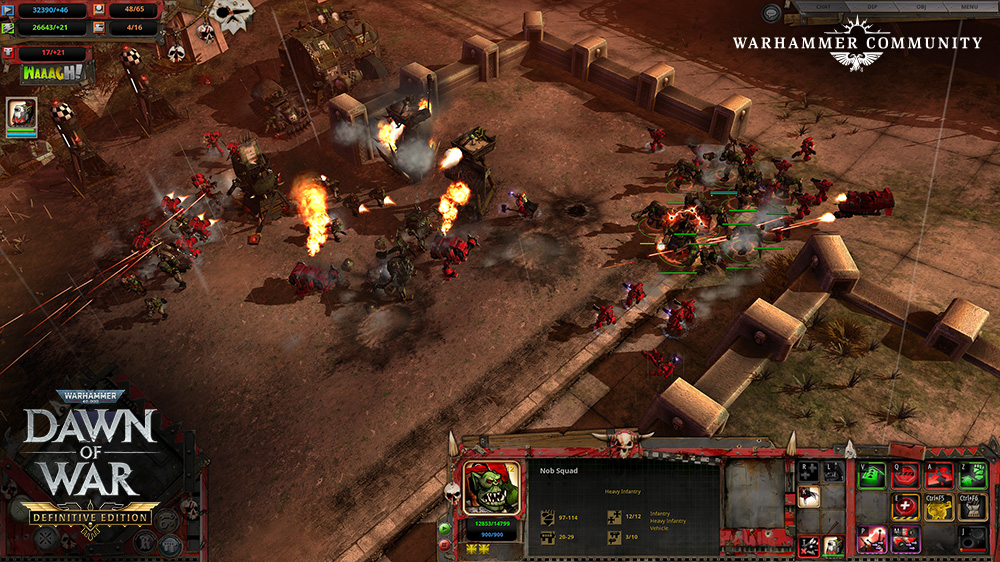
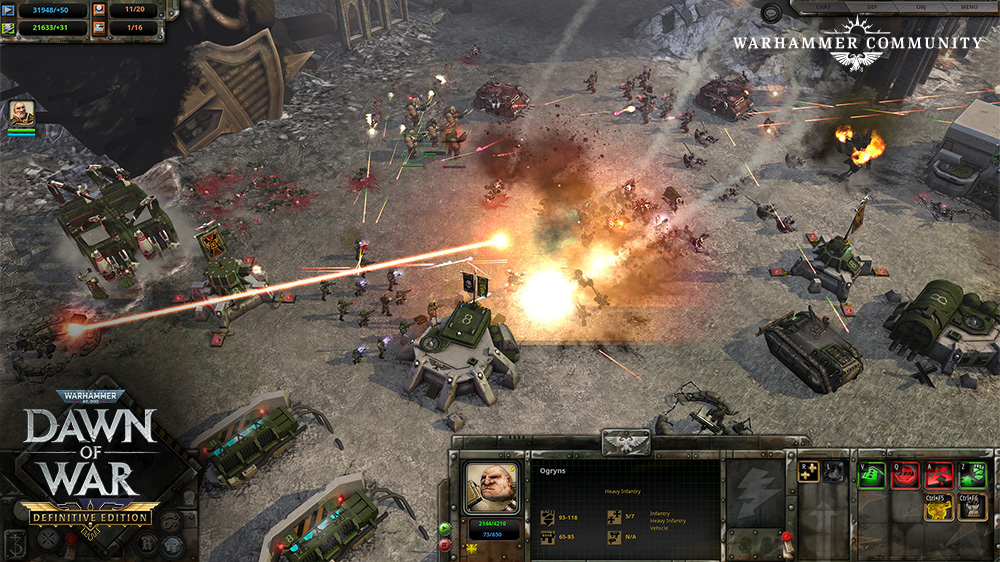
WarCom: The gameplay of Dawn of War is different to a traditional real time strategy game – what do you think makes it stand out, and gives it such a unique character?
Philippe: Dawn of War’s focus on customisable squads and an economy based on capturing points across the map was a new spin on the RTS (Real Time Strategy) build-a-base formula. That came both from Relic Entertainment’s own desire to move RTS forward and focus on combat over economy (which you can see in our other titles as well) and from our determination to be true to Warhammer 40,000. “No one chops wood in the 41st Millennium” was a design mantra back in the day, and that still resonates with players today.
That combat focus manifested in a bunch of different ways that give Dawn of War its unique character. The importance of melee combat and how it can be used in many ways is just one example. In traditional RTS games, melee units typically chew through ranged units if they can get to them, and die horribly if they can’t. In Dawn of War (and in Warhammer 40,000) many units are competent at both. Tactical Space Marines are tough and resilient, even if in melee, and Khorne Berzerkers can take A LOT of punishment. Melee then becomes more of a tactical play about tying down units and preventing them from firing.
WarCom: Dawn of War has some iconic voice acting. What are your favourite voice lines?
Philippe: “Do you hear the voices too?” from the Aspiring Champion is an all-time classic, but there are so many more.
WarCom: What units and miniatures have come out since the release of the original Dawn of War that you would want to take back in time to add into the game, if you could?
Philippe: This is a purely personal answer, but I’m a big fan of the third and fourth edition snapshot that Dawn of War provides, so if I could wave a magic wand, I’d probably expand the existing armies with more of the characteristic units of the era – Striking Scorpions! Space Marine bikes! Plague Marines!
In terms of going back in time – again, magic wand waving territory – I guess I’d take the Adeptus Mechanicus range with me. Although the models came out in the seventh edition, they have this wonderful grimdark over-the-top nature that I associate with early 2000s Warhammer models. I have a beloved Adeptus Mechanicus kill team, and seeing Skitarii lope across the sands of Kronus would be a joy indeed.
WarCom: Dawn of War was a lot of people’s first foray into the Warhammer 40,000 universe. How do you think it portrayed the universe so successfully?
Philippe: First and foremost, it came from a place of love. Many of the developers of the original Dawn of War had an excellent combination of video game development chops and true affection for Warhammer 40,000. In particular, lead designer Jay Wilson and art director Andy Lang were massive advocates for getting the universe right and trusting the players to fall in love with it.
This came through across the game, but I think the most critical part was the focus put on emphasising the identities of the various factions in play and presentation. Playing the Space Marines makes you feel like elite warrior-monks. The Eldar* feel like crafty and ancient warriors walking the knife edge of extinction. The Orks feel like rowdy hooligans who get more and more dangerous as their numbers grow.
That paired very well with the campaign telling the story of Gabriel Angelos and his friend, the Librarian Isador. Although wrapped in all the drama and over-the-top stakes proper to Warhammer 40,000, it is at heart a human story that resonates with people regardless of their experience with the universe.
WarCom: What is your favourite of the game’s three expansions, and why?
Philippe: Dark Crusade will always be my favourite for very personal reasons – it was the project I came to Relic Entertainment to work on, and I had the privilege of writing the narrative and managing the new strategic campaign map systems. It was a wonderful project to work on and I’m very proud of all the little touches we were able to get into the campaign.
WarCom: What’s your go-to faction when booting up the game for a quick skirmish?
Philippe: I’ll always be a Space Marine player in my heart, I think. I’ve got painted Blood Ravens and Salamanders armies on my shelves, so it’s hard not to choose them when playing Dawn of War too.
Thanks, Philippe! You can download Warhammer 40,000: Dawn of War – Definitive Edition on Steam and GOG right now and immerse yourself in the brutal combat of the 41st Millennium… 2004 style.
* The Aeldari were known by this name back in 2004, and have retained it for this Definitive Edition.


